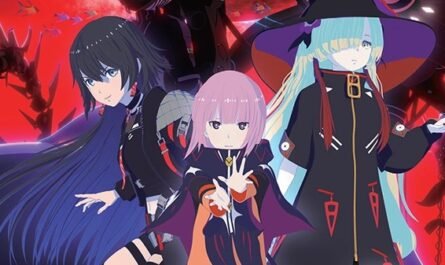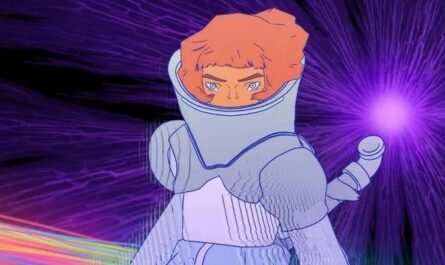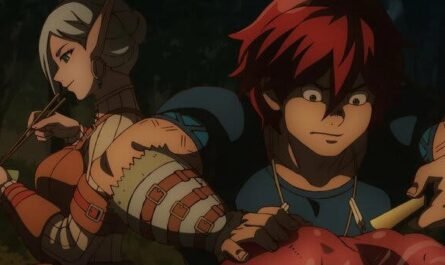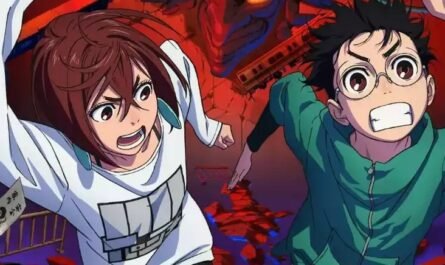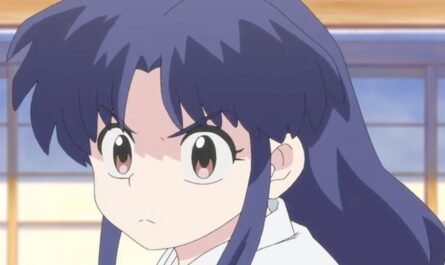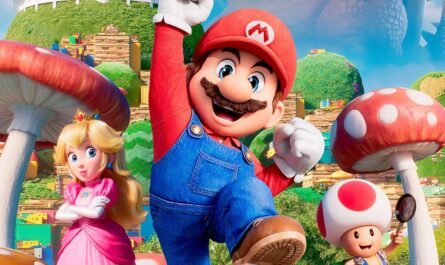“The Boy and the Beast” will be broadcast tonight as the second work of the Friday Road Show “Mamoru Hosoda SP for three consecutive weeks. “
This work was released while director Hosoda has become widely known as a feature-length anime director after three jobs, “The Girl Who Leapt Through Time,” “Summer Wars,” and “Wolf Children’s Rain and Snow.” was.
All expectations and evaluations were gathered there, but at that time, the one that became a hot topic in many ways was the evaluation of director Hosoda, who was often used as “Post Miyazaki Hayao .”
It may seem like a simple word, but when I look back on it now, I think it was the beginning of allergies to the expression “post” that continues today, especially among anime fans.
Why were those words used for this work at the time, and why did anime fans overreact to those words after that?
The content of the work of “The Boy and the Beast.”
In this work, set in modern Shibuya and the world of monsters that exist like the human world and the front and back, a lonely boy meets a half-hearted bear-man, and while colliding with each other, they influence each other, and since then, their hearts have been forever. It is a story that clumsily builds the bonds of teachers and pupils that remain in the world.
In addition, attractive characters and their relationships, sometimes light and sometimes violent actions, somehow nostalgic scenery even though you are not familiar with the monster world, and the fun of the unusual sight of Shibuya that you are familiar with … Various entertainment It is a work that resonates with a wide range of people packed with elements.
If you look at it in this way, there may be something in common, such as swashbucklers in a different world and works for a wide range of people, but the content can be said that it is “post-Miyazaki.”
At the time of the release, many fans were deeply addicted to this work, but I think that the reason was not related to the director’s work called “Post Miyazaki.”
So why were those words used for this work?
Background of “Post Miyazaki” -Entertainment reasons and pure expectations
Director Hosoda had many voices saying “post-Miyazaki” even before “The Boy and the Beast.” Still, during this period, the word’s meaning changed, and public attention was drawn to it. I think it was. Perhaps there was a box office reason at that time in the background.
2015, when this work was released, was also the timing when Hayao Miyazaki just retired from feature film production in 2013, just two years ago, after “The Wind Rises.”
In fact, in the 15 years since 2000 until “The Boy and the Beast” was released, the only Japanese anime movie with box office revenue exceeding 10 billion is the work of retired director Miyazaki.
Furthermore, looking at all Japanese films, except for the 2003 “Bayside Shakedown THE MOVIE2 Rainbow Bridge!”, All of the movies that recorded more than 10 billion box office revenues were directed by Miyazaki ( Japanese films). From the Japan Film Industry Statistics within the Motion Picture Producers Association ).
Now is the time to record hits such as “Your Name” and the movie version “Kimetsu no Yaiba” infinite train edition, or 10 billion movies such as “Detective Conan” and “Shin Evangelion Movie Version: ||.” Although some titles are coming up, the impact of the entire movie world when it was discovered that Miyazaki’s work would no longer be produced ( although it will be retired after that ) is immeasurable.
Isn’t it possible to create a work where the audience, who had been watching director Miyazaki’s work until then, will continue to visit the movie theaters? With such impatience and prayer, the word “post-Miyazaki” is used at first, with the expectation that it will become a feature-length anime director who can expect the same topicality and box office scale as Miyazaki’s work. Was widely used when this work was released, and I think it left a lasting impression on people.
Hate for repeated words
But the phrase the strength of the argument there is. Also, the term “post-Miyazaki” is too much used in a bit of excess, like around you had also seen as trying to raise so tailoring whether resulting in animation Many fans also had a negative impression of the expression.
However, this event was just one of the triggers, and the most significant factor that anime fans now have a full-fledged negative impression of the word “post 〇〇” is the subsequent events. I think it was there.
If not only director Hosoda but also “Your Name.” And “In This Corner of the World” attract attention. Makoto Shinkai and Sunao Katabuchi will be called “Post Miyazaki” (in addition, “Bakemono no Ko” (Maybe because the word was used by director Hideaki Anno for a long time.) Although he was hungry for the following position, the same word was used repeatedly every time an event was as close as possible. , A negative image of the use of such expressions was steadily being sought among people.
Nowadays, the words “post-Miyazaki” and “post Ghibli” are no longer used, but in recent examples, the word “post devil” is used in “jujutsu kaizen.” There was also a backlash from the fans.
Tracing that as well, due to the triggers mentioned above and the circumstances that followed, negative images of the movement itself as if the outside were trying to defer the successor of the work or creator have been accumulated among anime fans. I think it is also the result.
Why do you think it is harmful?
In the first place, it is impossible to compare the excitement of unique works and creators that cannot be replaced in one word. Still, when communicating the scale of popularity to people who do not know the job at all, “post” or “Next” may indeed be a helpful word.
However, even if it is an objective comparison of numbers and the scale of the box office, if it is said as “post 〇〇” without a concrete explanation, the fans will not pay attention to each attraction. You can take advantage of the hits to create excitement.
As I wrote in “Jujutsu Kaisen,” even if it is easy to understand as a general explanation, its strong words are also double-edged swords that ignore the original charm of the work and obscure it.
You can best understand how dangerous it is to misuse or abuse the word by looking at the works compared, so take this opportunity to call it “Post Miyazaki.” Would you mind trying to find the charm unique to this work that cannot be explained only by looking at it?


